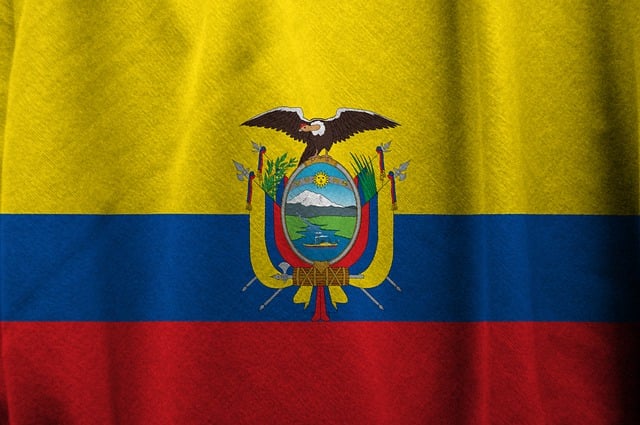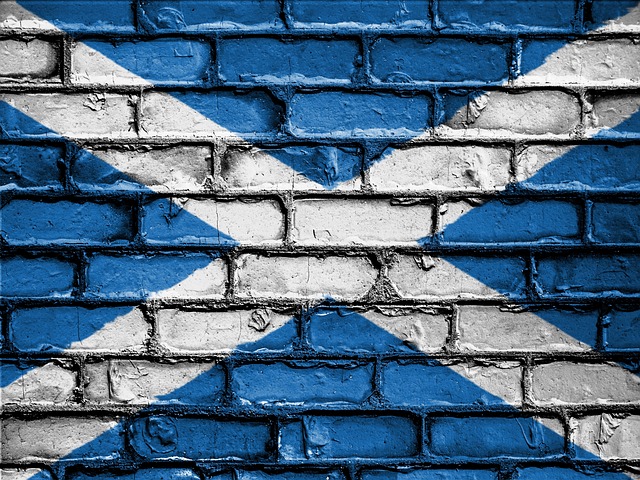The combination of the American Flag and Peace Sign in anti-war protests creates a powerful visual paradox, reflecting Americans' complex feelings about national pride versus global harmony. Historically used against Vietnam and Iraq, these symbols have transformed from representations of patriotism to tools for dissent, continuing to inspire and unite people across generations in modern demonstrations against war.
The powerful combination of the American Flag and Peace Sign has long been a symbol of anti-war demonstrations, blending patriotism with peace. This iconic imagery transcends time, from its first prominent usage during the Vietnam War era to its continued relevance in modern protests against global conflicts. The article explores the deep symbolism behind this fusion, delving into historical examples and analyzing its enduring impact as a potent call for nonviolence and resistance.
- The Symbolism of Combining the American Flag and Peace Sign in Anti-War Protests
- Historical Examples and Modern Relevance: Why This Combination Remains Powerful in Demonstrations Against War
The Symbolism of Combining the American Flag and Peace Sign in Anti-War Protests

In anti-war demonstrations, the combination of the American Flag and the Peace Sign serves as a powerful visual statement, encapsulating the complex sentiments of patriotism, dissent, and peace. The American Flag, often seen as a symbol of national pride and unity, is intertwined with the universal sign of peace, transforming it into a poignant representation of both love for country and desire for harmony on a global scale. This fusion speaks to the paradoxical nature of war: while Americans cherish their flag, they also rally against its use in conflicts that divide and devastate.
The juxtaposition of these icons highlights a dissonance—a nation proud of its heritage yet yearning for an end to violence. The Peace Sign, with its simple, sweeping lines, has long been associated with non-violence, anti-war movements, and a call for global understanding. When joined with the American Flag, it transforms into a nuanced statement, suggesting that true patriotism lies not in unquestioned support of war but in advocating for peace while preserving the values that the flag represents—liberty, justice, and the pursuit of happiness.
Historical Examples and Modern Relevance: Why This Combination Remains Powerful in Demonstrations Against War

The powerful imagery of the American Flag and the iconic Peace Sign has been a staple in anti-war demonstrations throughout history, remaining relevant even today. These symbols carry deep cultural weight, representing not only opposition to armed conflict but also ideals of freedom, unity, and peace.
Historically, these visual aids have been instrumental in galvanizing protests against wars like Vietnam and Iraq. The American Flag, often wielded alongside the Peace Sign, has transformed from a symbol of national pride into a tool for dissent, conveying a message of resistance against military action. This combination continues to resonate in modern demonstrations, where they inspire and unify people across generations, reinforcing the global movement against war.
